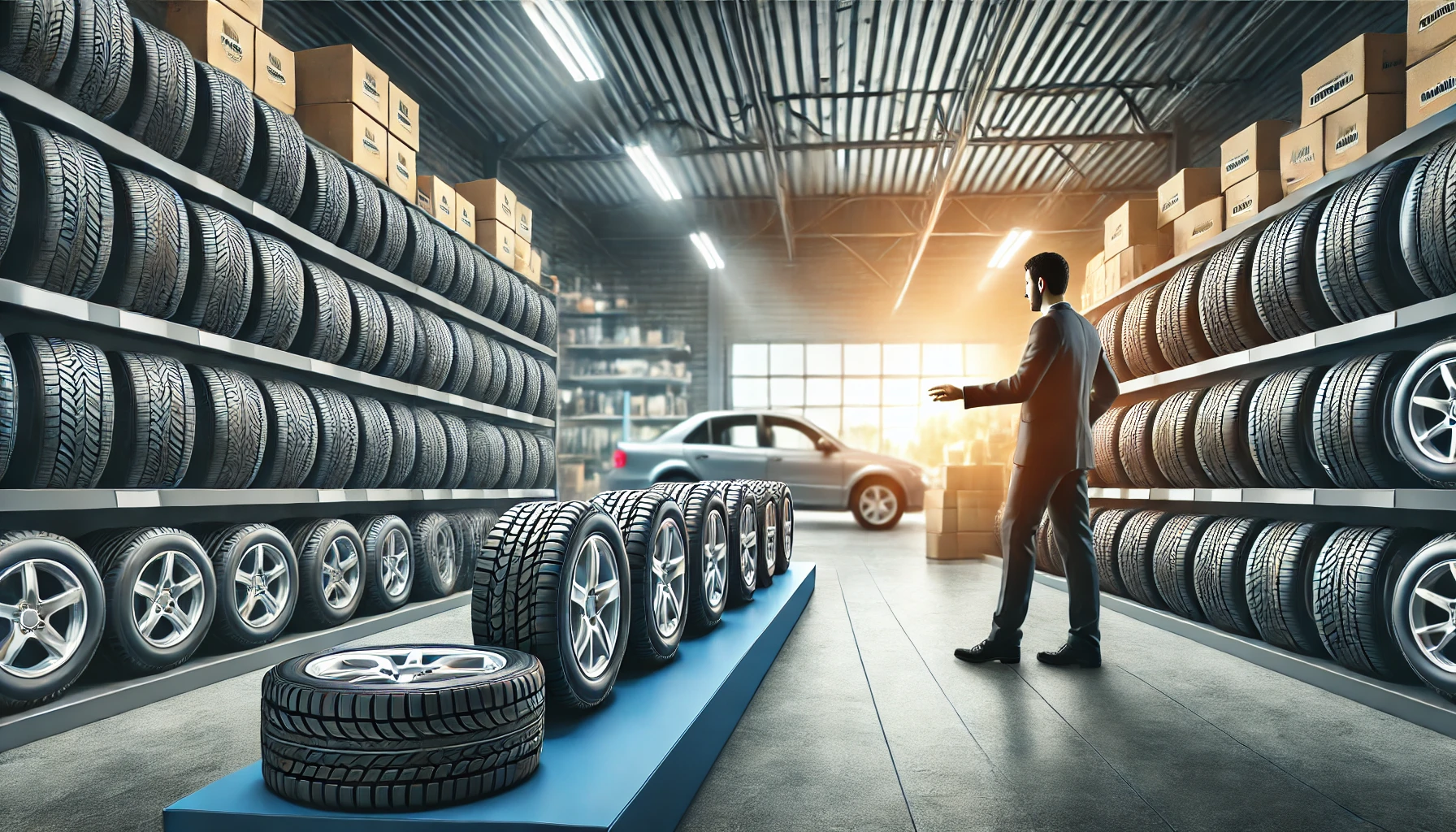A well-maintained car can last for hundreds of thousands of miles, saving you money on repairs and replacements. By following good driving habits and performing regular maintenance, you can extend the life of your vehicle and avoid costly breakdowns.
1. Follow the Manufacturer’s Maintenance Schedule
Every car comes with a recommended maintenance schedule outlined in the owner’s manual. Sticking to this schedule ensures that essential components like the engine, transmission, and brakes remain in top condition. Regular oil changes, fluid checks, and belt replacements help prevent premature wear and costly repairs.
2. Change the Oil and Filters on Time
Oil lubricates engine components, preventing excessive wear and overheating. Using the correct oil type and replacing it at the recommended intervals (typically every 5,000 to 7,500 miles for synthetic oil) helps keep the engine running smoothly. Additionally, replacing the oil, air, and fuel filters prevents contaminants from damaging the engine.
3. Check and Maintain Fluid Levels
Fluids are essential for keeping various systems in your car functioning properly. Regularly check and top off:
- Coolant to prevent overheating
- Transmission fluid to ensure smooth gear shifts
- Brake fluid for responsive braking
- Power steering fluid for easier steering
- Windshield washer fluid for clear visibility
Low or dirty fluids can lead to expensive repairs if left unchecked.
4. Drive Smoothly and Avoid Aggressive Driving
Rapid acceleration, hard braking, and sudden turns put unnecessary strain on the engine, brakes, and suspension. Driving smoothly reduces wear and tear, improves fuel efficiency, and keeps key components in better condition over time.
5. Keep Tires Properly Inflated and Aligned
Underinflated or misaligned tires cause uneven wear, reduce fuel efficiency, and put extra stress on the suspension. Check tire pressure at least once a month and rotate your tires every 5,000 to 7,500 miles to ensure even wear. Properly maintained tires also improve handling and safety.
6. Protect Your Car’s Battery
Extreme temperatures, short trips, and electrical drain can shorten battery life. To extend its lifespan:
- Drive for at least 15–30 minutes regularly to keep the battery charged
- Clean corrosion from battery terminals
- Test the battery annually after three years of use and replace if necessary
7. Keep the Suspension and Brakes in Good Condition
Suspension and braking components wear down over time. Listen for noises like squeaking or grinding when braking, and replace brake pads before they wear down completely. If your car feels unstable or bounces excessively, have the shocks and struts inspected.
8. Wash and Wax Your Car to Prevent Rust
Dirt, road salt, and moisture can cause rust, which weakens the car’s structure. Washing your car regularly, especially in winter, and applying wax every few months protect the paint and metal surfaces from corrosion.
9. Avoid Overloading Your Vehicle
Carrying excessive weight puts extra strain on the engine, transmission, brakes, and suspension. Check your vehicle’s weight limit and avoid hauling unnecessary heavy loads, as this can cause premature wear and lower fuel efficiency.
10. Park in the Shade or Use a Car Cover
Exposure to the sun and harsh weather can damage the paint, fade the interior, and cause dashboard cracking. Whenever possible, park in a garage or shaded area. If parking outdoors for long periods, use a car cover to protect against UV rays and weather damage.
Final Thoughts
Regular maintenance, careful driving habits, and preventive care can significantly extend the life of your vehicle. By following these simple steps, you can keep your car running smoothly for years while avoiding expensive repairs.


